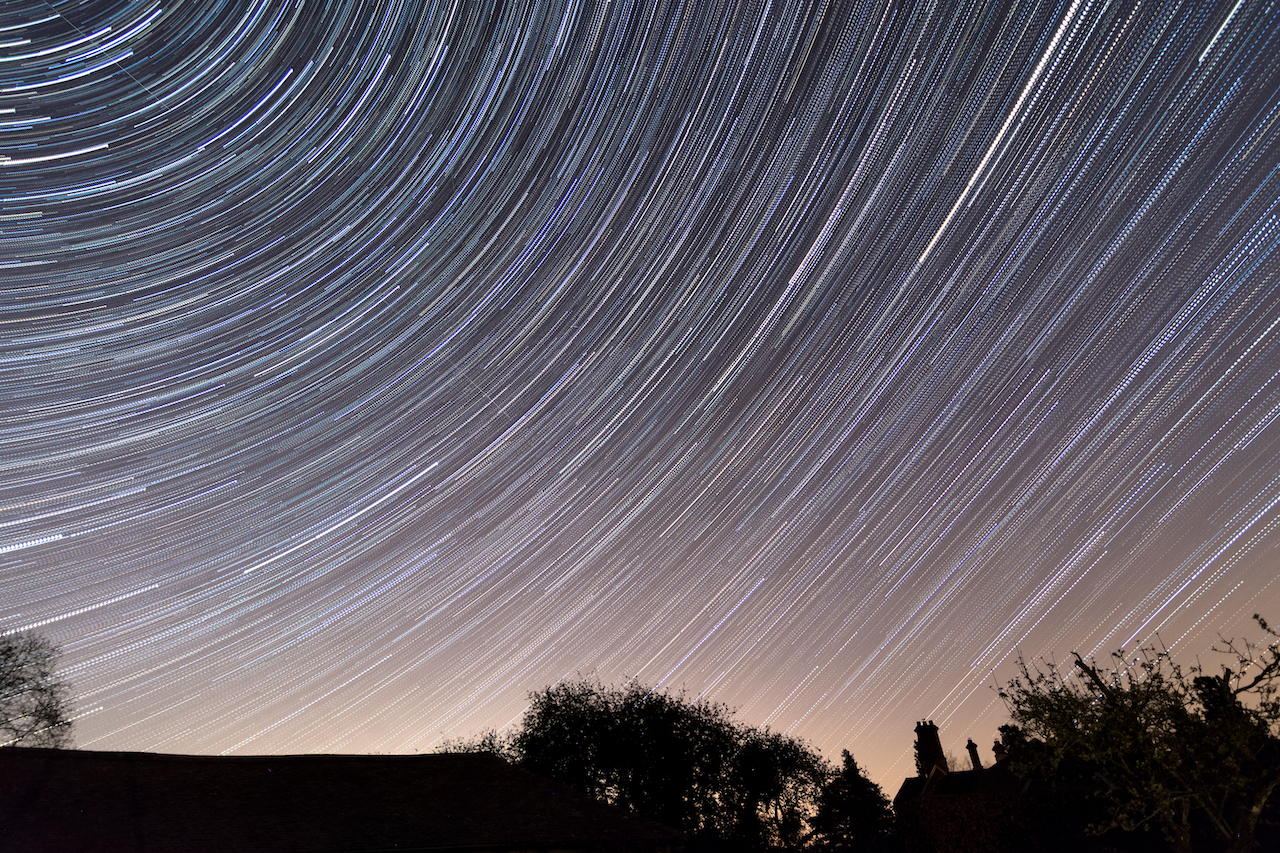How to watch the Lyrid meteor shower
by 614NOW Staff
April 20, 2021

Columbus, you’ll be wanting to keep your eyes toward the skies the next couple of nights.
The Lyrid meteor shower peaks overnight between April 21 and 22, according to a space.com article. While the Lyrids will become visible starting at about 10:30 p.m., the best time to see them is right before dawn (especially since the show will be competing a bit with moonlight).
BROUGHT TO YOU BY
Depending on how clear and dark the sky is where you watch, you could see about 18 meteors per hour. The average Lyrid shower produces 15 to 20 meteors per hour.
The meteors originate from Comet Thatcher, which orbits the sun roughly once every 415 years. The Lyrids, however, appear annually.
BROUGHT TO YOU BY
Tags





